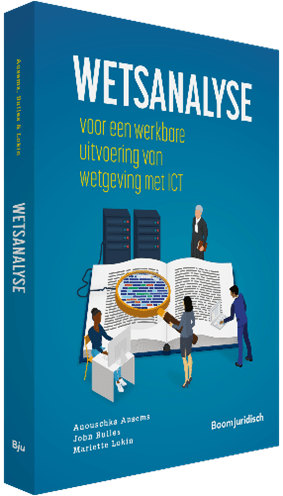Agile from laws to implementation
Laws and regulations are everywhere, whether they come from outside (e.g. laid down in laws) or within the organization (e.g. policy notes). After all, we live in a highly regulated world. In practice, laws and regulations often prove complex to implement or comply with. Not to mention being able to demonstrate that you comply with those laws and regulations. And subsequently, it is sometimes quite difficult and time-consuming to remain in compliance day in and day out.







